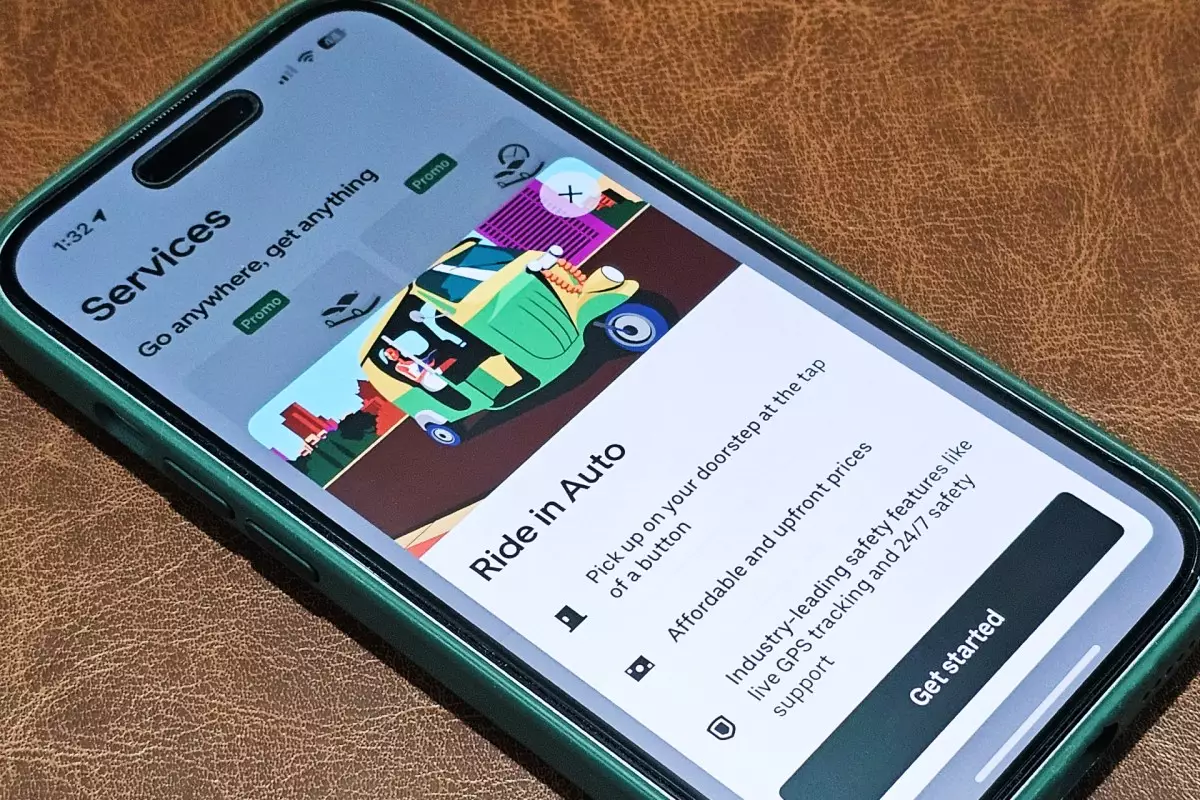Uber has long been a formidable player in the global ride-hailing market, but its operations in India face distinctive challenges that demand adaptive strategies. The company’s recent decision to pivot from a commission-based model to a daily fee structure for auto-rickshaw drivers is a testament to the escalating competition from local rivals such as Rapido and Namma Yatri. This article explores the implications of this strategic shift, its historical context, and the broader landscape of India’s ride-hailing sector.
Uber introduced its auto-rickshaw service in India back in 2015 but suspended it shortly after due to operational hurdles and market dynamics. The relaunch in 2018 signified the ride-hailing giant’s commitment to tapping into India’s extensive auto-rickshaw sector, which accounts for approximately 25% of all motorized trips in the country. The renewed focus comes against a backdrop of fierce competition and a rapidly evolving consumer landscape. The challenge has always been to balance profitability with user experience, particularly in an environment rich with local players who understand the nuances of the market.
This strategic pivot reflects a learning curve for Uber as it grapples with local market dynamics. The new fee-based model emerged after a pilot phase where Uber tested the waters. Whereas competitors have thrived on a subscription-based model without commissions, Uber’s initial resistance to abandoning its traditional fare structure illustrates the friction between global business models and localized operational realities.
In a move that significantly alters the dynamics of ride hailing in India, Uber will now charge auto-rickshaw drivers a nominal daily fee—between $0.23 and $0.46, depending on their location. This decision aims to enhance profitability margins while streamlining operations. Unlike the previous model, which involved commission fees of 25% to 40% per ride, this flat fee allows drivers greater autonomy in managing their earnings and fosters a more direct relationship between drivers and riders.
This alteration not only caps Uber’s earnings from each ride but also shifts the financial burden onto the riders, who will now need to pay the drivers directly in cash or through the UPI system, circumventing Uber’s payment infrastructure. The absence of promotions, credits, or visible fare calculations further indicates a notable deviation from conventional practices. Haggling over fares, once seen as an inconvenience, may now become a norm, transforming the rider’s experience into a more transactional relationship.
Despite the significant promise of this new approach, it presents certain challenges that could inhibit Uber’s growth trajectory in India. First, the absence of a standardized fare structure could lead to confusion among riders and discontent among drivers if fare disputes emerge. The FAQ page’s admission that Uber would not intervene in fare-related disputes underscores a potential weakness in customer service which could deter riders who are accustomed to the predictability of pricing models.
The competitive landscape cannot be ignored either. Uber is not only contending with local rivals but also navigating a complicated regulatory environment. Companies such as Ola, which benefit from significant investment backing, have already established a strong market presence. Moreover, the sheer number of independent auto-rickshaw drivers further complicates Uber’s operations. As the company continues to innovate, it must focus on offering unique value propositions that set it apart from competitors.
Uber’s shift toward a daily fee model illustrates an adaptive strategy that aims to maintain competitiveness within a challenging market milieu. The implications of this change extend beyond auto-rickshaws; it prompts questions about how Uber will approach its ride-hailing service for four-wheeled vehicles in India. Although the commission structure remains unchanged for cabs, the company is continually experimenting with innovative pricing strategies across various sectors.
Ultimately, the success of this model in India has the potential to influence Uber’s operations in international markets where it plans to introduce similar structures. By aligning with local economic realities while maintaining its core mission of connecting riders with drivers, Uber can redefine its market position in India. The ability to navigate local complexities and cultivate a unique service experience will be crucial for its future success in this sprawling and diverse market.

